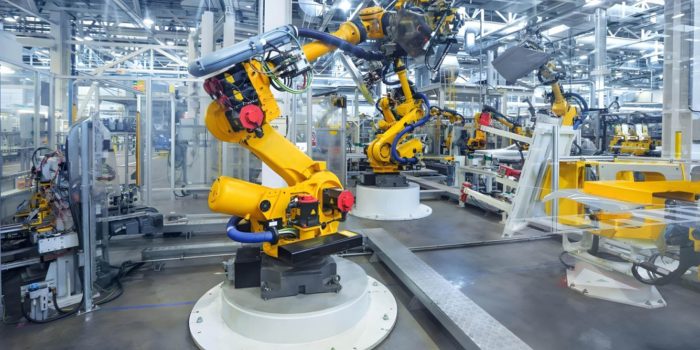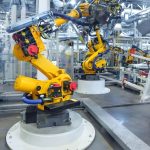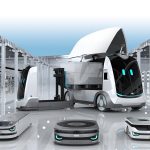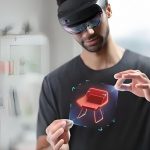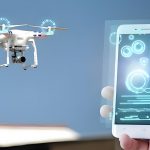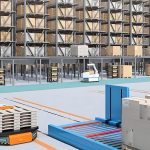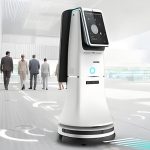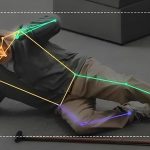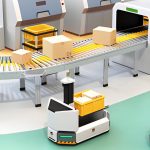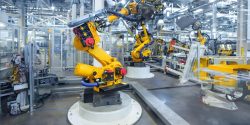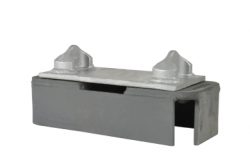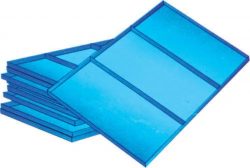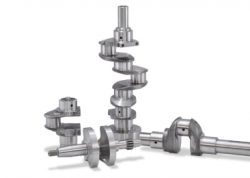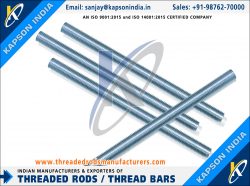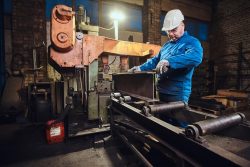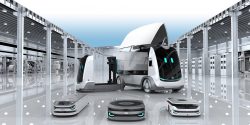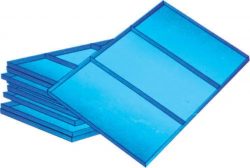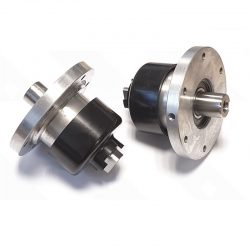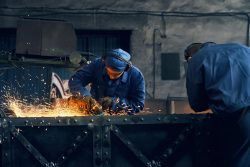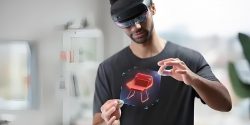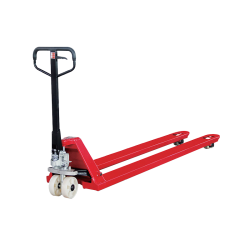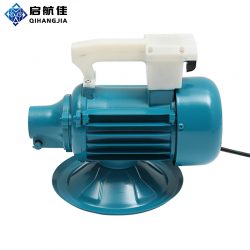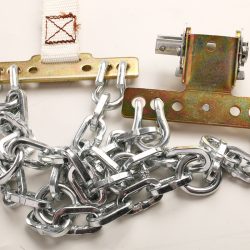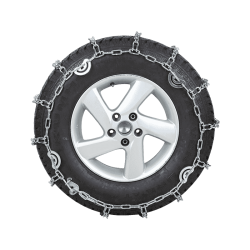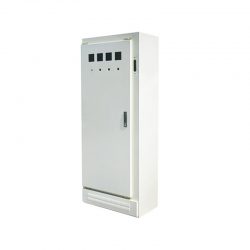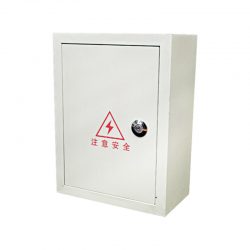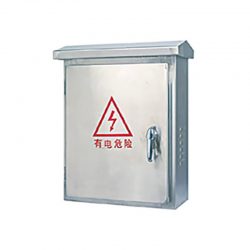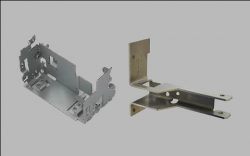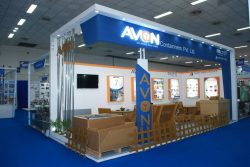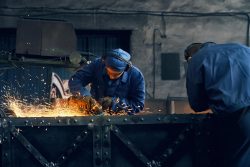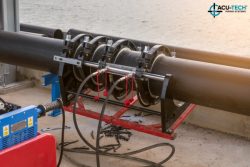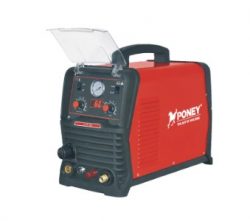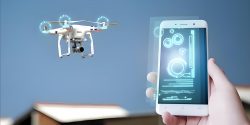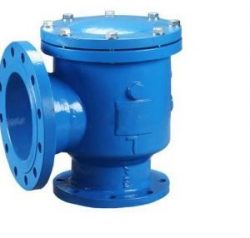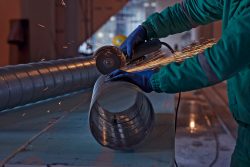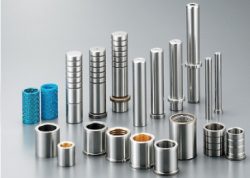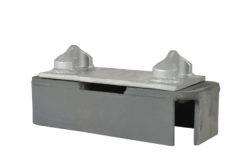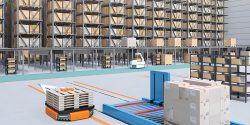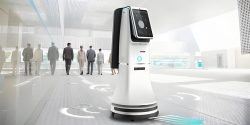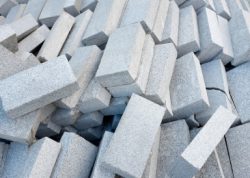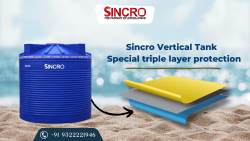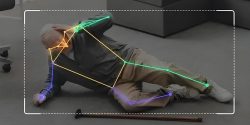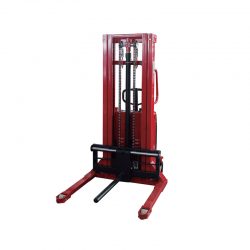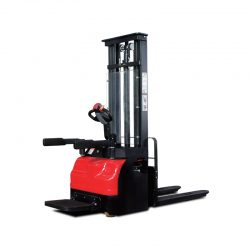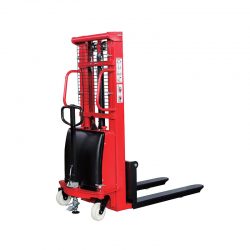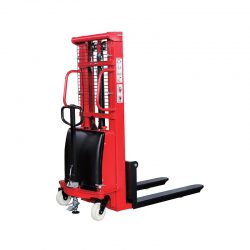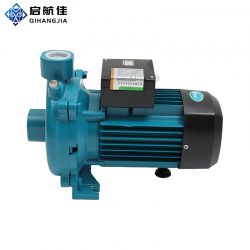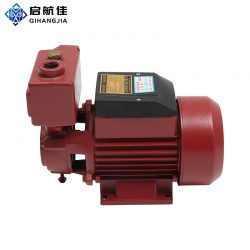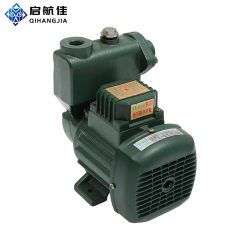TOF Image Sensors and Key Sensors in Industrial Robots
Industrial robots rely on an array of sophisticated sensors to execute tasks with high precision and efficiency. These sensors gather crucial data, enabling robots to perform complex operations in diverse manufacturing environments. Here’s an overview of the essential sensors used in industrial robots:
1. Joint Position Sensors:
These sensors measure the angle or position of each robot joint, typically using encoders. Accurate joint positioning is critical for precise movement and coordination during complex tasks.
2. Force/Torque Sensors:
Force and torque sensors monitor the forces and torques applied to the robot’s end effector, enabling delicate operations such as assembly, polishing, and material handling with controlled force.
3. Vision Systems:
Vision systems comprise cameras and image processing software, allowing robots to identify objects, inspect parts, and navigate their surroundings. These systems are vital for tasks requiring visual feedback, such as quality control and picking operations.
4. Proximity Sensors:
Proximity sensors detect the presence or absence of objects near the robot. They are essential for collision avoidance and ensuring the robot operates safely within its workspace.
5. Temperature Sensors:
Temperature sensors monitor the thermal conditions of the robot and its environment, preventing overheating and ensuring safe operation in high-temperature applications.
6. Inertial Measurement Units (IMUs):
IMUs measure the robot’s orientation and angular velocity, helping to maintain stability and control during dynamic movements.
7. Gripping Force Sensors:
Integrated into robot grippers, these sensors measure the force exerted when gripping objects. They are crucial for handling delicate items without causing damage.
8. Pressure Sensors:
Pressure sensors track the pressure within hydraulic or pneumatic systems, ensuring these systems function within safe limits and prevent mechanical failures.
9. Laser Sensors:
Laser sensors provide precise distance measurements and can detect object profiles and obstacles, improving the robot’s ability to navigate complex environments.
10. Image Sensors:
Image sensors are integral to the robot’s vision system, capturing visual data for processing and analysis, enabling tasks like object recognition and 3D mapping.
11. Safety Sensors:
These include light curtains, laser scanners, and emergency stop buttons. Safety sensors are designed to protect humans and equipment by detecting intrusions or dangerous conditions, triggering protective responses when necessary.
The Role of TOF Image Sensors in Industrial Robots
Time-of-Flight (TOF) image sensors are pivotal in enhancing the capabilities of industrial robots. They measure the time it takes for light to travel to an object and back, enabling accurate distance measurements and 3D imaging. Here’s why TOF sensors are important:
– Precision Measurement:
TOF sensors offer millimeter-level accuracy in distance measurement, which is essential for tasks requiring exact positioning and movement in complex environments.
– Real-Time Response:
These sensors enable fast signal processing, allowing robots to make real-time adjustments to avoid obstacles and navigate efficiently.
– Versatile Applications:
Beyond distance measurement, TOF sensors are used for 3D imaging, object recognition, and environmental mapping, making them invaluable for a wide range of industrial applications.
The integration of TOF image sensors empowers industrial robots to perform more flexibly and efficiently, improving overall production quality and operational safety in automation processes.
These sensors collectively provide the essential feedback and data required for industrial robots to function optimally in various manufacturing and automation scenarios. By leveraging advanced sensor technology, industrial robots can achieve greater precision, safety, and efficiency, driving innovation in automated production environments.
Applicable products:CS20, CS30 , CS20-P, CS40,CS40p
https://www.tofsensors.com/en-de
After-sales Support:
Our professional technical team specializing in 3D camera ranging is ready to assist you at any time. Whether you encounter any issues with your TOF camera after purchase or need clarification on TOF technology, feel free to contact us anytime. We are committed to providing high-quality technical after-sales service and user experience, ensuring your peace of mind in both shopping and using our products.
